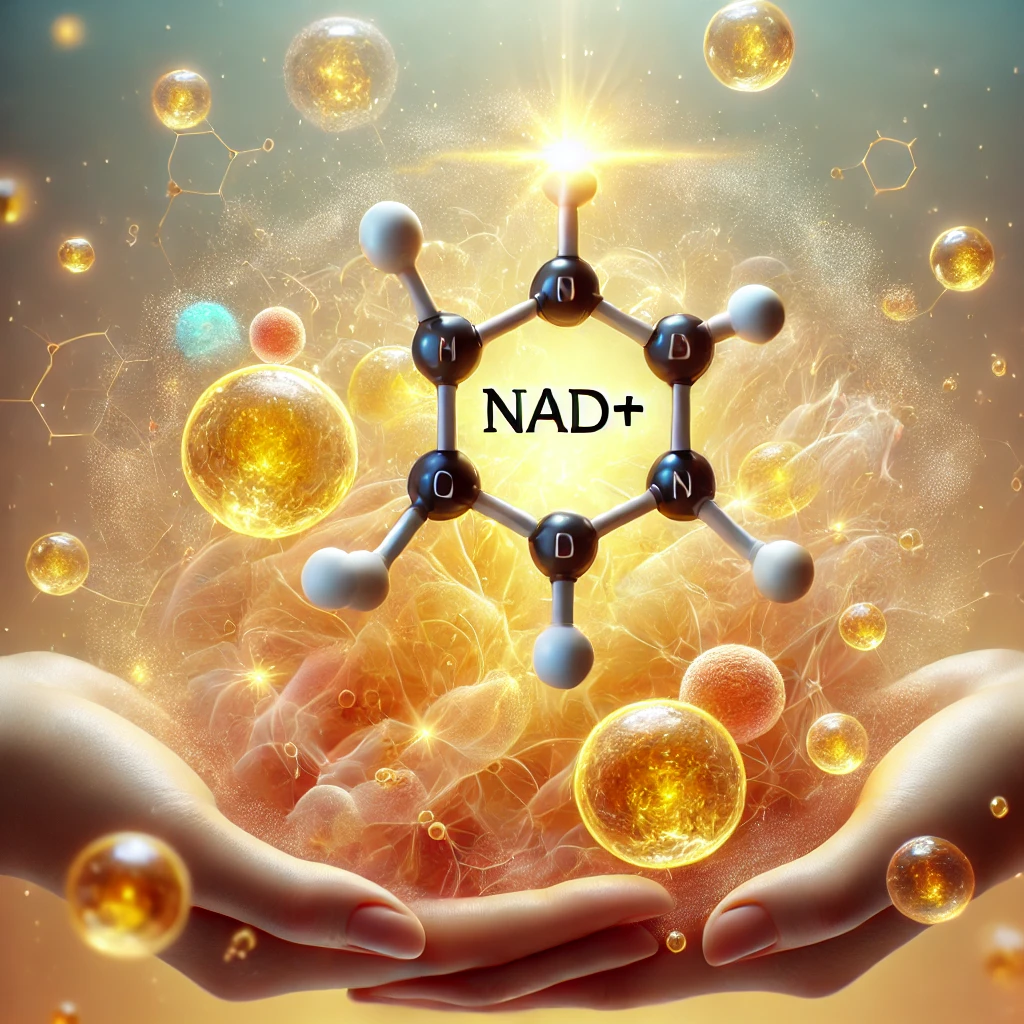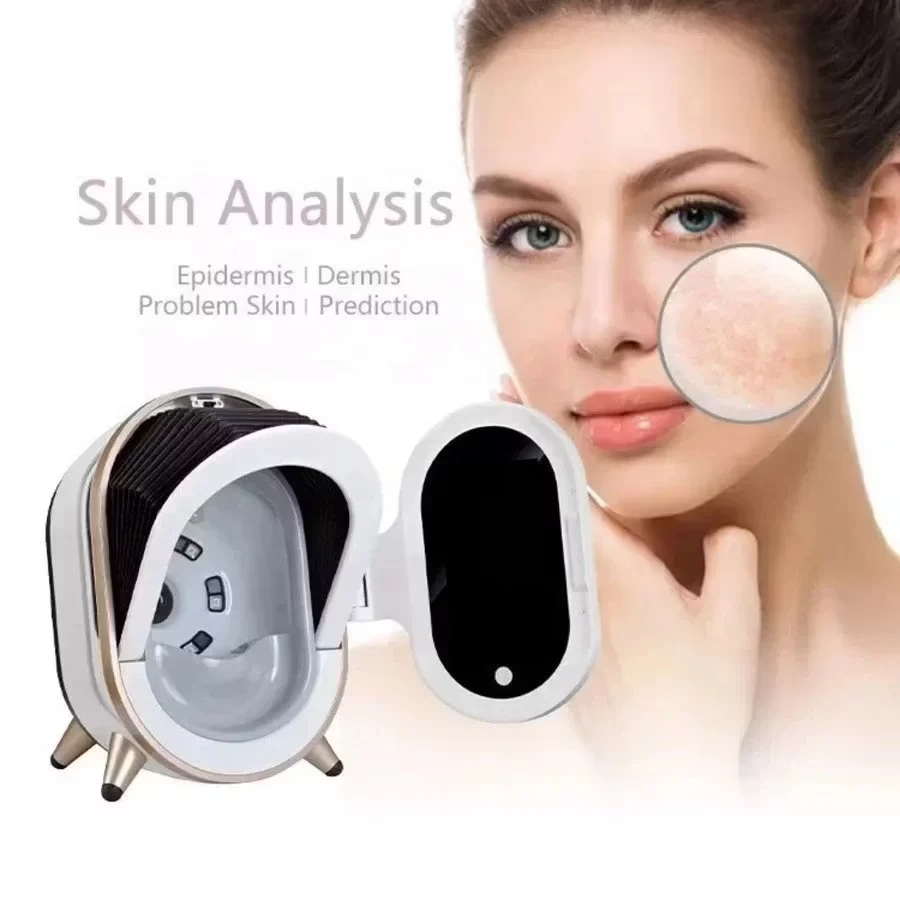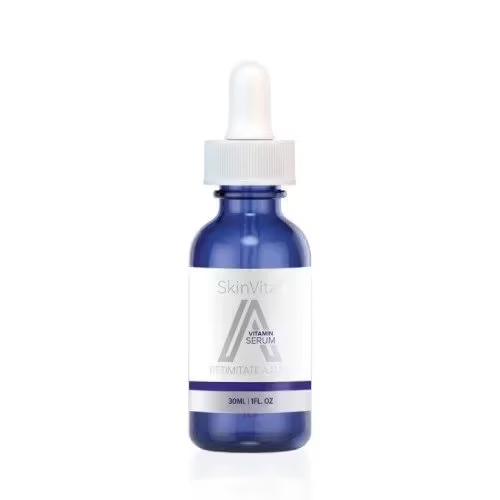Nicotinamide adenine dinucleotide (NAD⁺) is a coenzyme vital for numerous essential biological processes, including energy metabolism, DNA repair, and cellular communication. Regrettably, the body’s stores of NAD⁺ dwindle with age, which may contribute to common signs of ageing such as wrinkles, dryness, and reduced skin elasticity.

Understanding NAD⁺
NAD⁺ appears in two principal forms—oxidised (NAD⁺) and reduced (NADH)—facilitating electron transfer during ATP generation. Within skin cells, these processes underpin cell renewal, tissue repair, and collagen production. Declining NAD⁺ levels, therefore, can compromise skin resilience, prompting interest in topical and oral interventions aimed at replenishing it.
How NAD⁺ Supports Skin Health
- Enhances Cellular Energy
- NAD⁺ is indispensable in the electron transport chain, which generates ATP for skin cell turnover and repair.
- Higher energy levels encourage healthier, firmer-looking skin.
- Promotes DNA Repair
- Through its activation of PARPs (poly ADP-ribose polymerases), NAD⁺ plays a key role in fixing DNA damage caused by environmental factors and UV exposure.
- Effective DNA repair mechanisms help forestall the early onset of wrinkles and age spots.
- Combats Oxidative Stress
- Day-to-day exposure to sunlight, pollution, and internal metabolic processes can lead to free radical formation, damaging cells.
- NAD⁺ supports antioxidant enzymes that help mitigate this damage, aiding in the preservation of a smooth, radiant complexion.
- Stimulates Collagen Synthesis
- NAD⁺ regulates proteins called sirtuins (e.g., SIRT1), which prompt collagen production—essential for structural firmness in the skin.
- Enhanced collagen leads to fewer fine lines and a more supple appearance.
- Reduces Inflammation
- Inflammation undermines skin health by causing redness, irritation, and sometimes exacerbating conditions like acne and rosacea.
- NAD⁺ possesses anti-inflammatory qualities that help soothe sensitive or reactive skin.
NAD⁺ in Topical Skincare
An increasing number of skincare products feature NAD⁺ or its derivatives:
- Serums: Specially designed for deep penetration, delivering active compounds where they are most needed.
- Creams and Moisturisers: Help sustain hydration and encourage cell repair by incorporating NAD⁺ and related ingredients.
- Masks: Often used to brighten and re-energise the complexion, with potential benefits for smoothing fine lines over time.
When choosing NAD⁺-enriched formulations, quality and proven efficacy should top your list of considerations. You may wish to consult a dermatologist for guidance, especially if you have sensitive or problem-prone skin.
Absorption of NAD⁺ in the Skin: A Closer Look
A common concern among users is whether topical NAD⁺ effectively traverses the skin barrier—the stratum corneum. This outermost layer is critical for protecting the body against pathogens and irritants but can also make it challenging for larger molecules to penetrate effectively.
- Molecular Size
- As a relatively large molecule, NAD⁺ may have difficulty crossing the stratum corneum unassisted.
- Encapsulation methods (e.g., in liposomes) may help improve its ability to reach deeper layers.
- NAD⁺ Precursors
- Certain brands opt to use precursors—like nicotinamide riboside or niacinamide (vitamin B3)—which are smaller and more easily absorbed.
- Once inside the cell, these precursors are converted into NAD⁺.
- Formulation Innovations
- Skincare scientists continue to investigate techniques—such as pH adjustment and the inclusion of permeation enhancers—to boost the efficacy of topical NAD⁺.
- Pairing NAD⁺ or its precursors with complementary ingredients (such as antioxidants) may also amplify positive outcomes.
- Setting Realistic Expectations
- While contemporary technologies have shown promise, not all topically applied NAD⁺ will reach viable epidermal layers.
- Nonetheless, partial absorption can still deliver long-term benefits, especially when combined with healthy lifestyle habits.
Lifestyle Strategies to Sustain NAD⁺
- Optimise Your Diet
- Seek NAD⁺ Precursors: Foods containing niacin (vitamin B3), tryptophan, or resveratrol (found in grapes, peanuts, mushrooms, and some berries) can bolster your body’s NAD⁺ synthesis.
- Balanced Nutrition: A varied, antioxidant-rich diet supports overall cellular health and helps combat free radicals.
- Stay Active
- Regular exercise has been linked to higher NAD⁺ levels and improved mitochondrial function, benefiting the skin’s overall appearance and resilience.
- Manage Stress
- Chronic stress may decrease NAD⁺ and lead to increased free radical production.
- Integrating meditation, yoga, or consistent sleep routines into your life can support healthier NAD⁺ levels and overall wellbeing.
- Consider Supplements
- Oral NAD⁺ precursors like nicotinamide riboside or nicotinamide mononucleotide (NMN) are used by some individuals to complement topical treatments.
- Speak with a healthcare professional before introducing any new supplement, particularly if you have existing health concerns.
Frequently Asked Questions About NAD⁺
1. What is NAD⁺?
NAD⁺ is a coenzyme essential to converting nutrients into cellular energy (ATP), alongside playing a role in DNA repair and communication between cells. Healthy NAD⁺ levels underpin youthful, vibrant skin.
2. How does NAD⁺ benefit the skin?
NAD⁺ provides multiple benefits, including energy support, reduced oxidative stress, inflammation control, and enhanced collagen production—culminating in a brighter, smoother complexion.
3. Can NAD⁺ reverse ageing?
While NAD⁺ cannot stop ageing altogether, maintaining adequate levels can decelerate several ageing processes and lessen the visibility of wrinkles, dullness, and uneven tone.
4. Is NAD⁺ safe to use?
Topical and oral forms of NAD⁺ are generally safe for most. Nevertheless, it is wise to seek advice from a medical or skincare professional if you have underlying conditions or uncertainties about dosage.
5. How long does it take to see improvements?
Initial changes in skin texture and hydration may be noticeable within a few weeks of consistent use. Long-term benefits, including visibly reduced lines and wrinkles, usually manifest after more extended application.
6. Can NAD⁺ help with specific skin conditions like acne or rosacea?
Although NAD⁺ is not a direct cure for particular skin issues, its anti-inflammatory properties and role in cellular repair may help alleviate redness, irritation, or stress on the skin barrier.
7. How much NAD⁺ should I use?
Product concentrations vary widely, so adhering to the label’s instructions is key. For an individualised approach, consult a dermatologist or qualified skincare professional.
8. Can I combine NAD⁺ with other skincare ingredients?
Yes. NAD⁺ often pairs well with antioxidants (e.g., vitamins C and E) and other rejuvenating agents (e.g., retinoids). It is prudent, however, to introduce new products gradually to mitigate any irritation.
9. Are there any side effects?
Minor redness or tingling can occasionally occur with topical use, especially for individuals with sensitive skin. If you encounter more severe side effects, discontinue use and seek professional guidance.
10. Can I get NAD⁺ from food?
Pure NAD⁺ is not present in foods. However, certain food sources provide precursors or compounds (e.g., resveratrol in red wine, flavonoids in dark chocolate) that can support the body’s production of NAD⁺.
Conclusion
In summary, NAD⁺ is gaining recognition as a noteworthy ingredient for supporting skin vitality. Although topical absorption can be challenging due to the protective function of the skin barrier, innovative formulations and the use of NAD⁺ precursors offer promising results. When complemented by a wholesome diet, regular exercise, and effective stress management, NAD⁺ may help promote a smoother, healthier complexion. Always consult professionals for tailored advice, and remember that sustained effort and consistency are central to seeing meaningful, long-term improvements.







